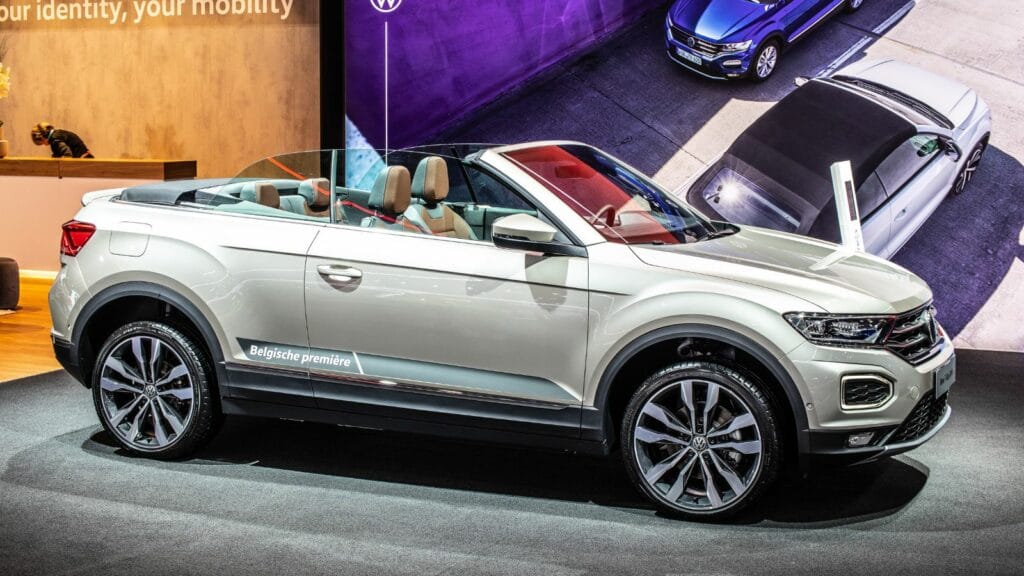Exotic sports cars aren’t just machines; they’re art pieces on wheels, timeless beauties that age with a unique charm. These cars may have been launched years or decades ago, but they haven’t lost their appeal. Let’s look at 21 sports cars that have aged like fine wine, maintaining that irresistible allure and lasting luster through the years.
1961 Jaguar E Type
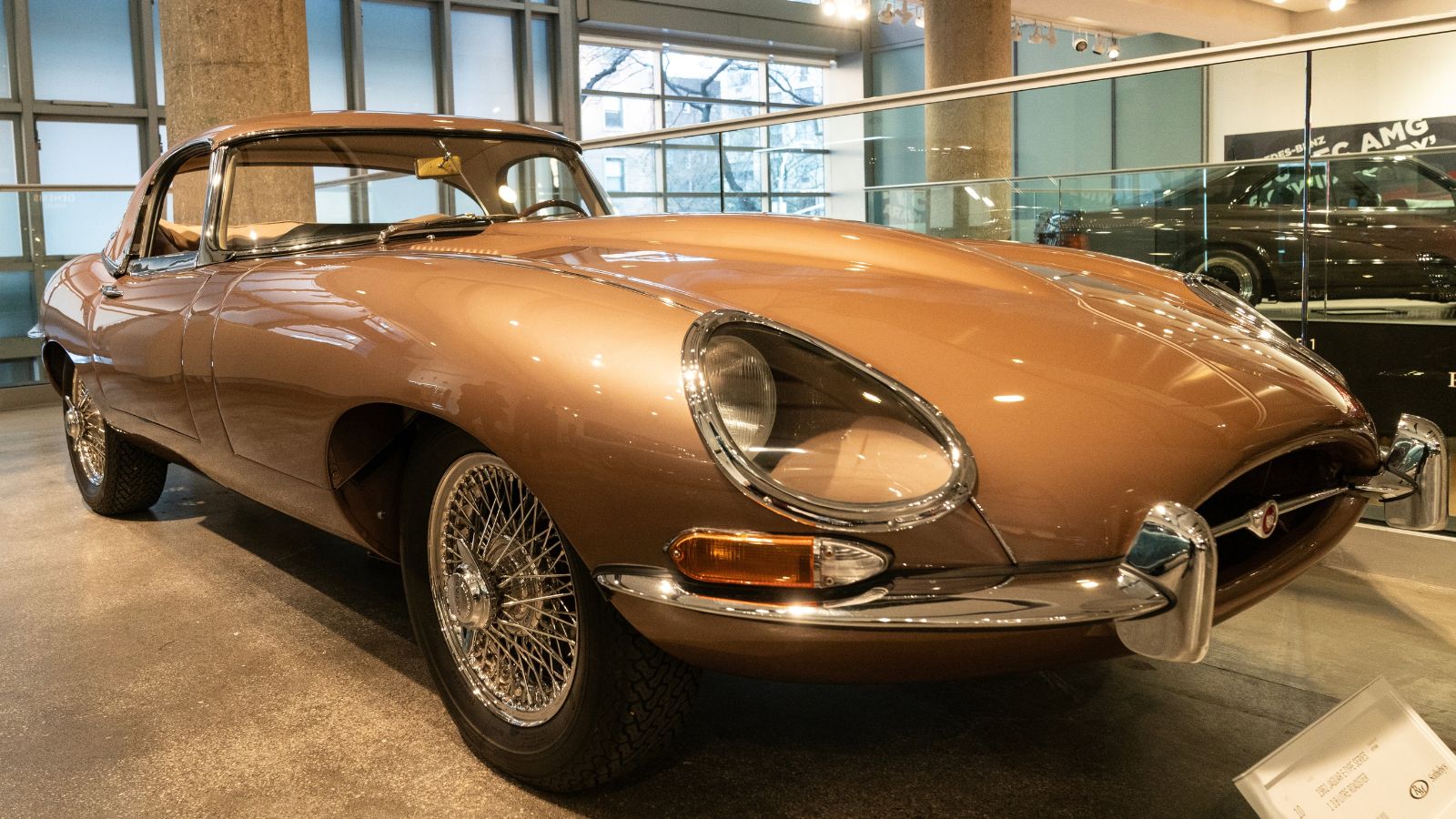
Launched in 1961, the Jaguar E Type stunned the world with its sleek curves and powerful performance. Under the hood, it carried a 3.8L Inline 6 engine that could take this beauty from 0 to 60 mph in 6.9 seconds—a thrilling number for its time. The E Type was designed by Malcolm Sayer, who used his aeronautical engineering skills to give it that aerodynamic shape. Inside, the cabin featured rich leather seats and a classic wooden dashboard, combining elegance with the raw power of a sports car.
1974 Lamborghini Countach
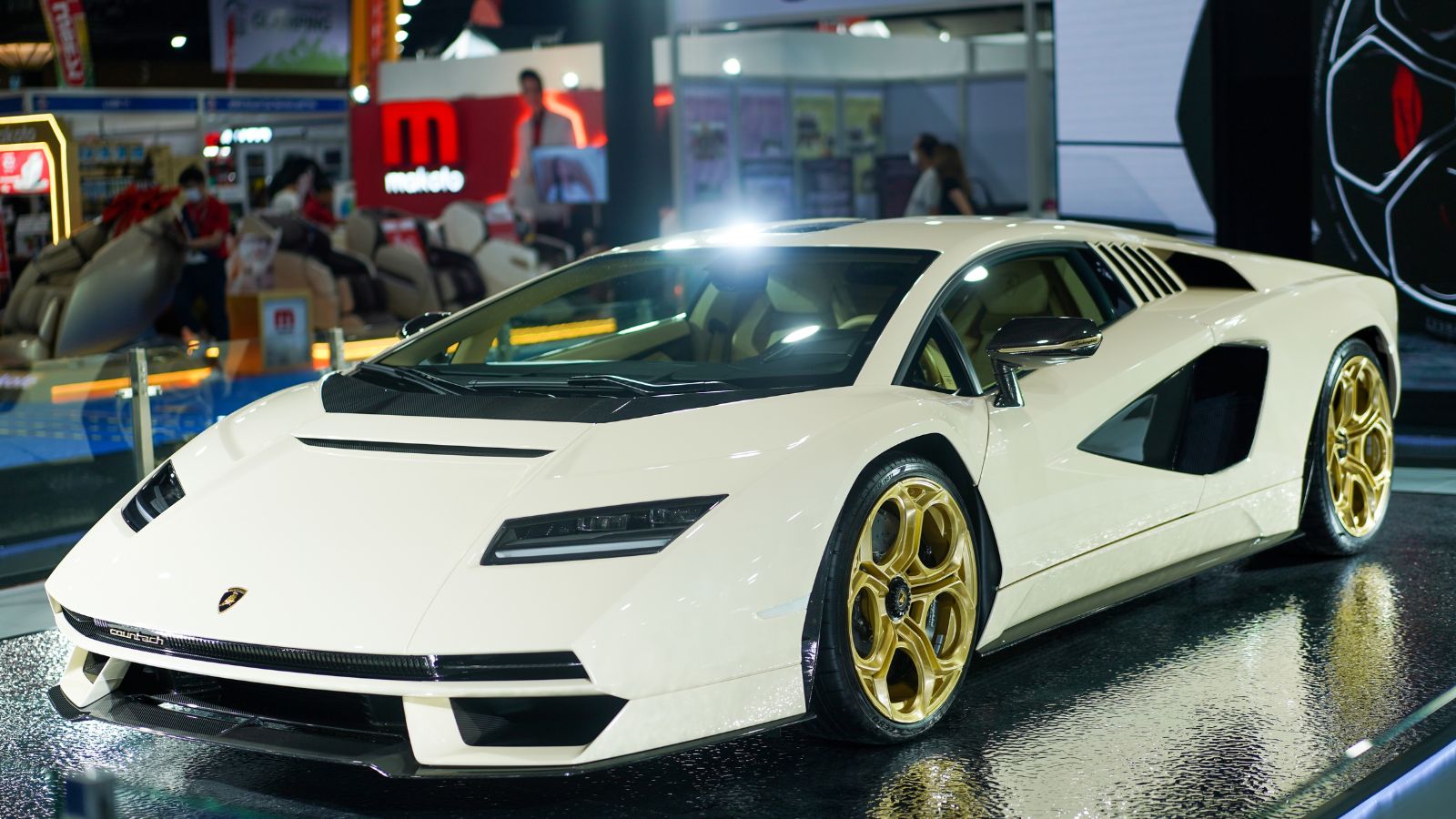
When the Lamborghini Countach debuted in 1974, it was a bold statement on wheels. Marcello Gandini of Bertone designed the Countach, which is famous for its scissor doors and angular wedge-shaped body. A V12 engine roaring beneath its hood could launch from 0 to 60 mph in 5.4 seconds. The interior wasn’t overly luxurious—it focused more on the driver experience—but it had leather seats and a distinct Italian flair. The Countach redefined exotic sports car styling and turns heads with its outlandish look and aggressive performance.
1967 Ferrari 275 GTB/4
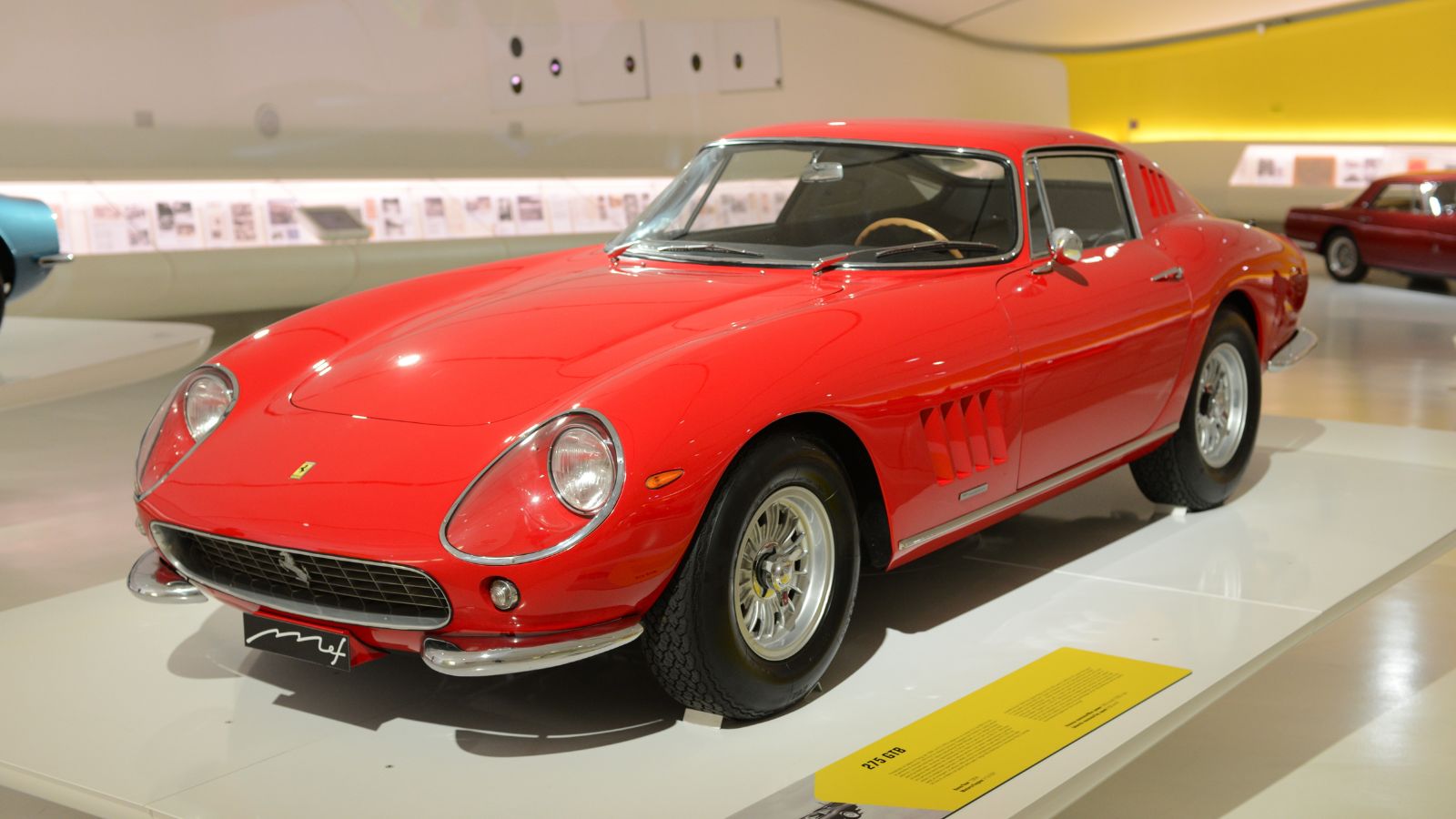
Ferrari launched the 275 GTB/4 in 1967, creating an icon that remains a collectible favorite. This masterpiece was crafted with a 3.3L V12 engine, taking it from 0 to 60 mph in 6 seconds. Designed by Pininfarina, the 275 GTB/4 featured smooth curves and long lines, capturing the classic Ferrari look. The interior was lined with plush leather seats and a simplistic dashboard that felt pure and elegant. Its smooth handling and beautiful design have only increased its allure over the decades, making it a must-have for collectors.
1984 Ferrari Testarossa
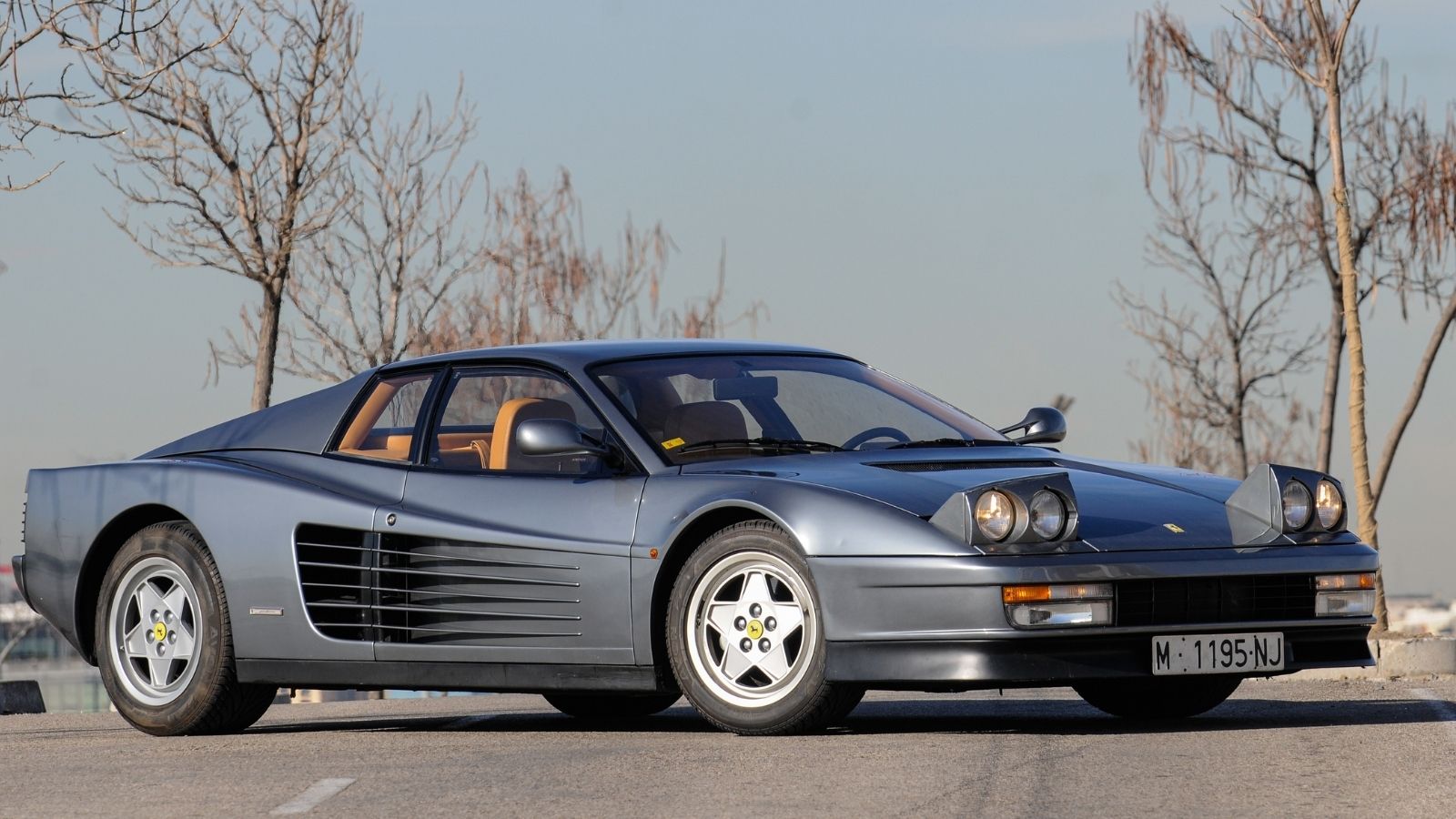
The Ferrari Testarossa burst onto the scene in 1984, instantly recognizable by its wide stance and side strakes. Pininfarina was behind this iconic design, giving it a unique look that was very much a product of the ‘80s. Powered by a 4.9L flat 12 engine, it went from 0 to 60 mph in 5.2 seconds. Inside it featured plush leather seats and a minimalist dashboard focused on the driving experience. The Testarossa’s flashy design, thrilling performance, and quintessentially ‘80s style have cemented its place as a timeless exotic.
1973 Porsche 911 Carrera RS
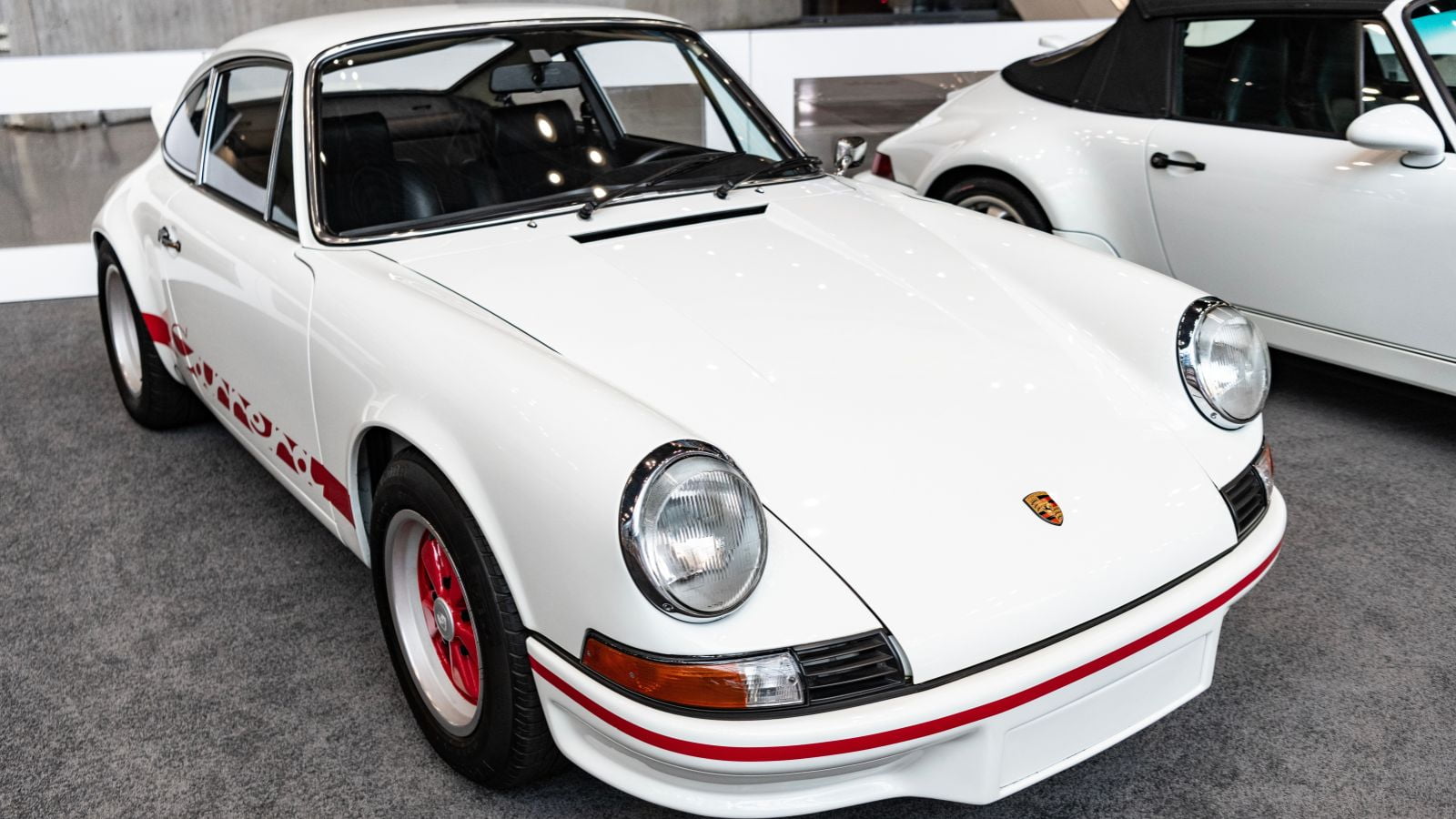
Launched in 1973, the Porsche 911 Carrera RS is often hailed as one of the best classic 911s ever. The Carrera RS was powered by a 2.7L flat-six engine, giving it the agility to reach 0 to 60 mph in 5.5 seconds. The design came from the in-house team at Porsche, which perfected the iconic “ducktail” rear spoiler for aerodynamic improvement. Inside, the car was basic but functional, emphasizing the connection between the driver and the road. This model has become a holy grail for Porsche enthusiasts, and its value and appeal have only grown over time.
1962 Aston Martin DB5

Forever immortalized as James Bond’s car, the Aston Martin DB5 debuted in 1962 and remains one of the most elegant cars ever produced. It was equipped with a 4.0L straight-six engine that took it from 0 to 60 mph in about 8 seconds—leisurely by today’s standards but thrilling back then. Designed by Carrozzeria Touring Superleggera, the DB5 has a timeless look and an unmistakable British style. The leather-clad interior and walnut accents made it feel like a luxury lounge on wheels. Decades later, the DB5’s charm and elegance still have a cult following.
1990 Acura NSX

Honda introduced the Acura NSX in 1990 to show that Japanese engineering could compete with European exotics. It featured a 3.0L V6 engine that reached 0 to 60 mph in 5.7 seconds, offering speed and precision in one package. Designed by Masahito Nakano and developed with input from Ayrton Senna, the NSX became famous for its lightweight aluminum body and sleek look. Inside, it offered a high-tech cockpit with comfortable leather seats that merged sportiness with comfort. The NSX was a trailblazer and remains a favorite for its innovative approach.
1987 Ferrari F40
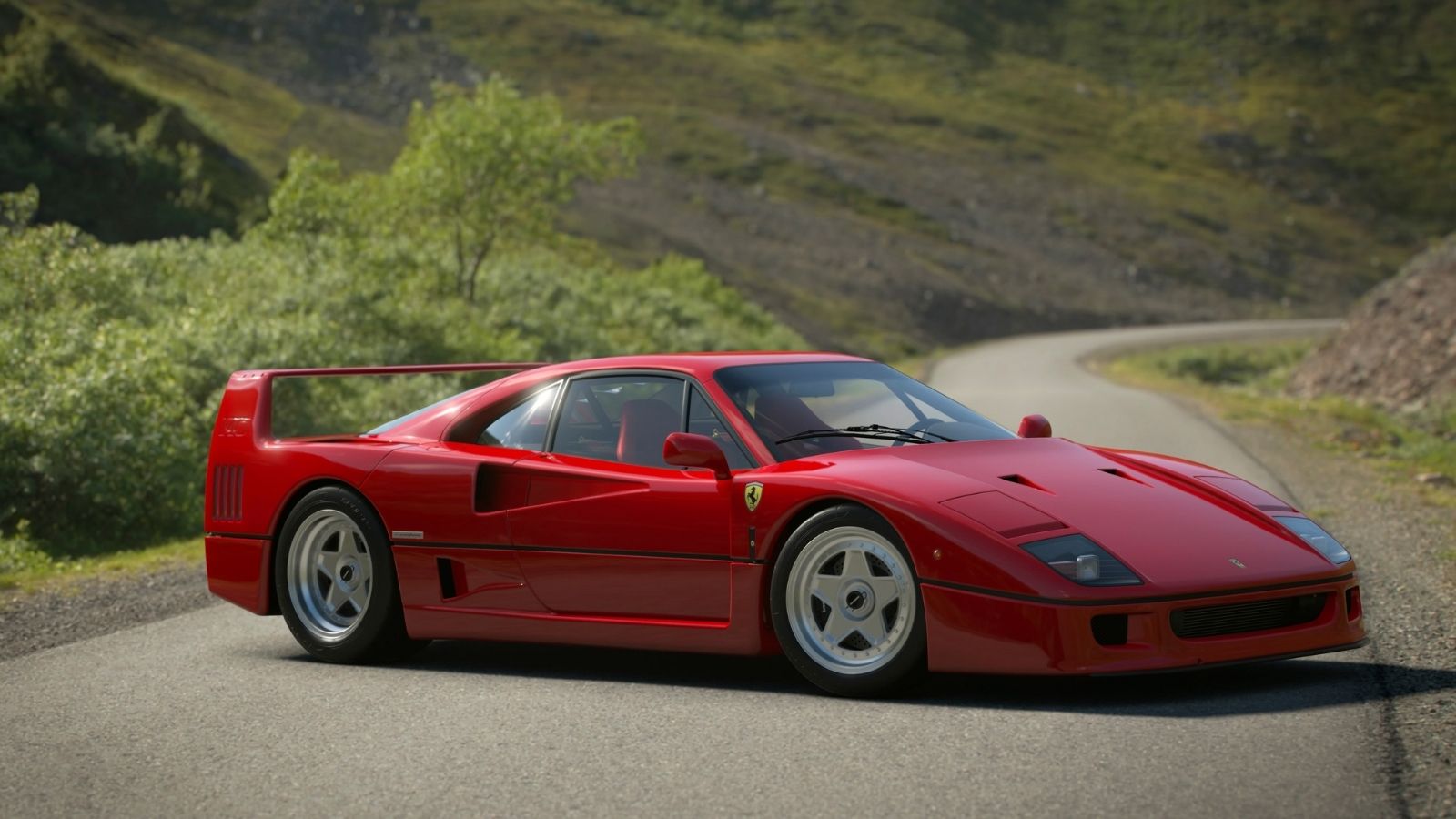
The Ferrari F40, launched in 1987, was the final car approved by Enzo Ferrari, adding to its legendary status. This beast was powered by a 2.9L twin turbo V8 engine, which could take it from 0 to 60 mph in 4.2 seconds. Leonardo Fioravanti at Pininfarina crafted its aggressive look, and the minimalist, stripped-down interior emphasized raw performance. The F40’s bare-bones design and powerful performance have kept it in a league with values that continue to soar among collectors.
1992 McLaren F1
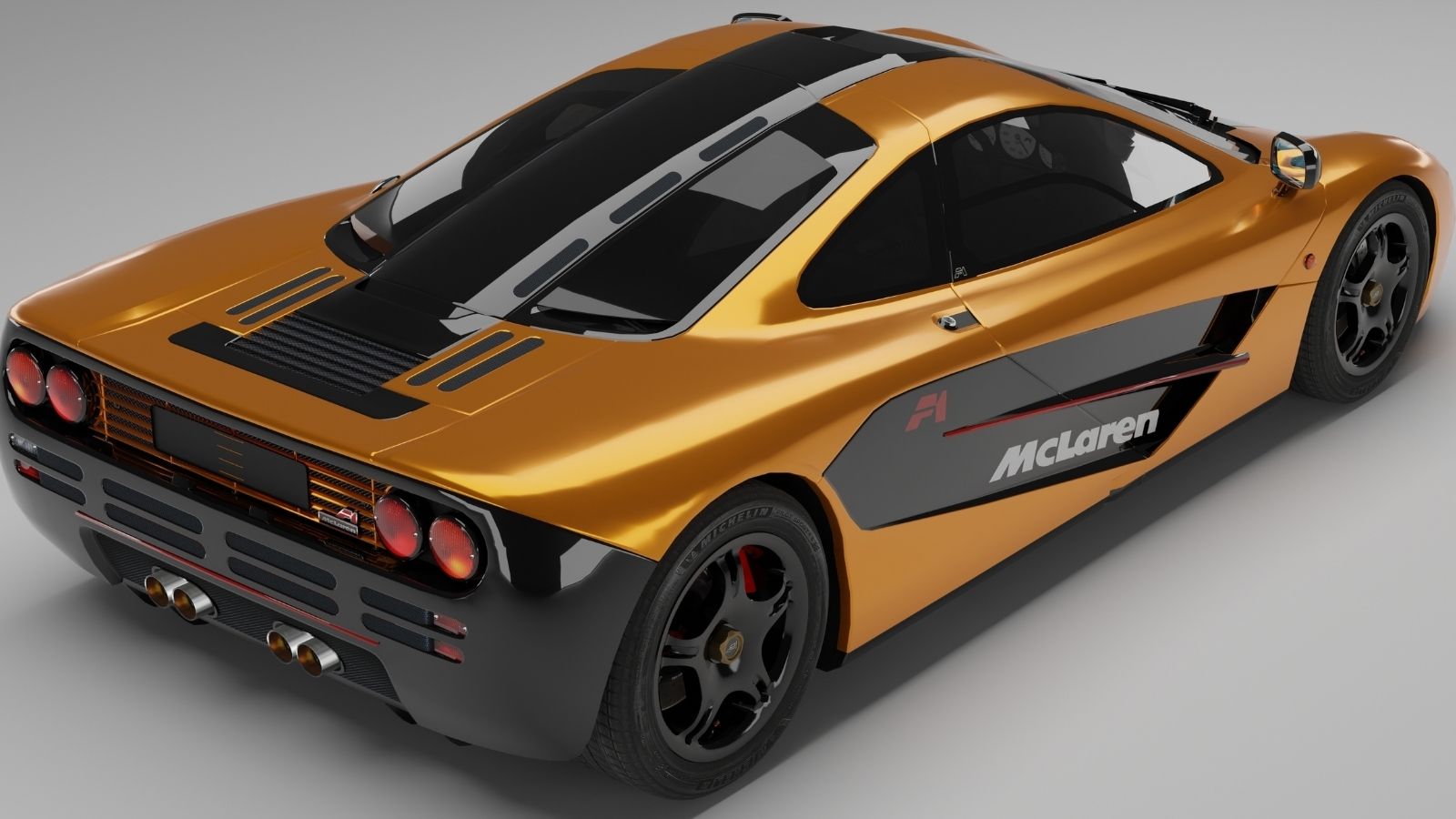
When McLaren unveiled the F1 in 1992, it was unlike anything the world had seen. Powered by a 6.1L BMW V12 engine, it boasted a 0 to 60 mph speed in just 3.2 seconds. Gordon Murray designed this three-seater beauty, where the driver sat in the center for a unique racing feel. The interior combined luxury with performance, featuring fine leather and gold foil heat shielding. The F1 broke records and hearts with its insane performance, holding the fastest car title for many years.
1966 Ford GT40
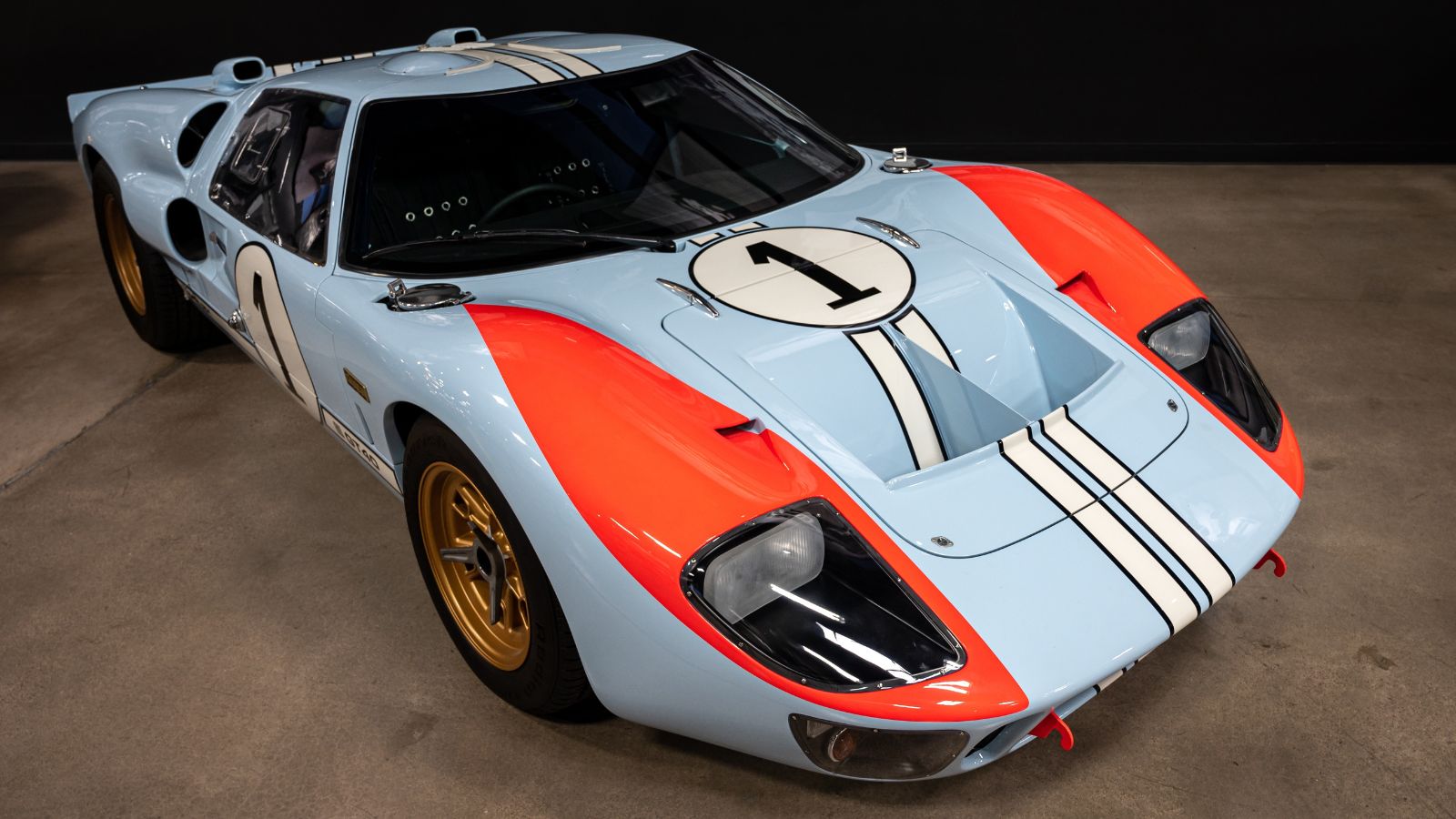
Born from a rivalry with Ferrari, the Ford GT40 was a purebred race car introduced in 1966. Its 7.0L V8 engine allowed it to hit 0 to 60 mph in about 4.2 seconds. Designed by Roy Lunn, it was built for one purpose: to win at Le Mans, which it did multiple times. The cockpit was cramped, but the focus was entirely on performance. The GT40’s racing history and muscular look have made it an icon of American engineering that continues to inspire.
1970 Lamborghini Miura

Widely regarded as the world’s first supercar, the Lamborghini Miura took the world by storm in 1970. It was powered by a 3.9L V12 engine, which allowed it to go from 0 to 60 mph in around 6.3 seconds. Designed by Marcello Gandini, the Miura’s sleek, low-slung look was revolutionary. The interior had a minimalist luxury feel with leather seats focused on driver engagement. The Miura’s iconic design and groundbreaking engineering continue to fascinate car enthusiasts.
1954 Mercedes Benz 300SL Gullwing
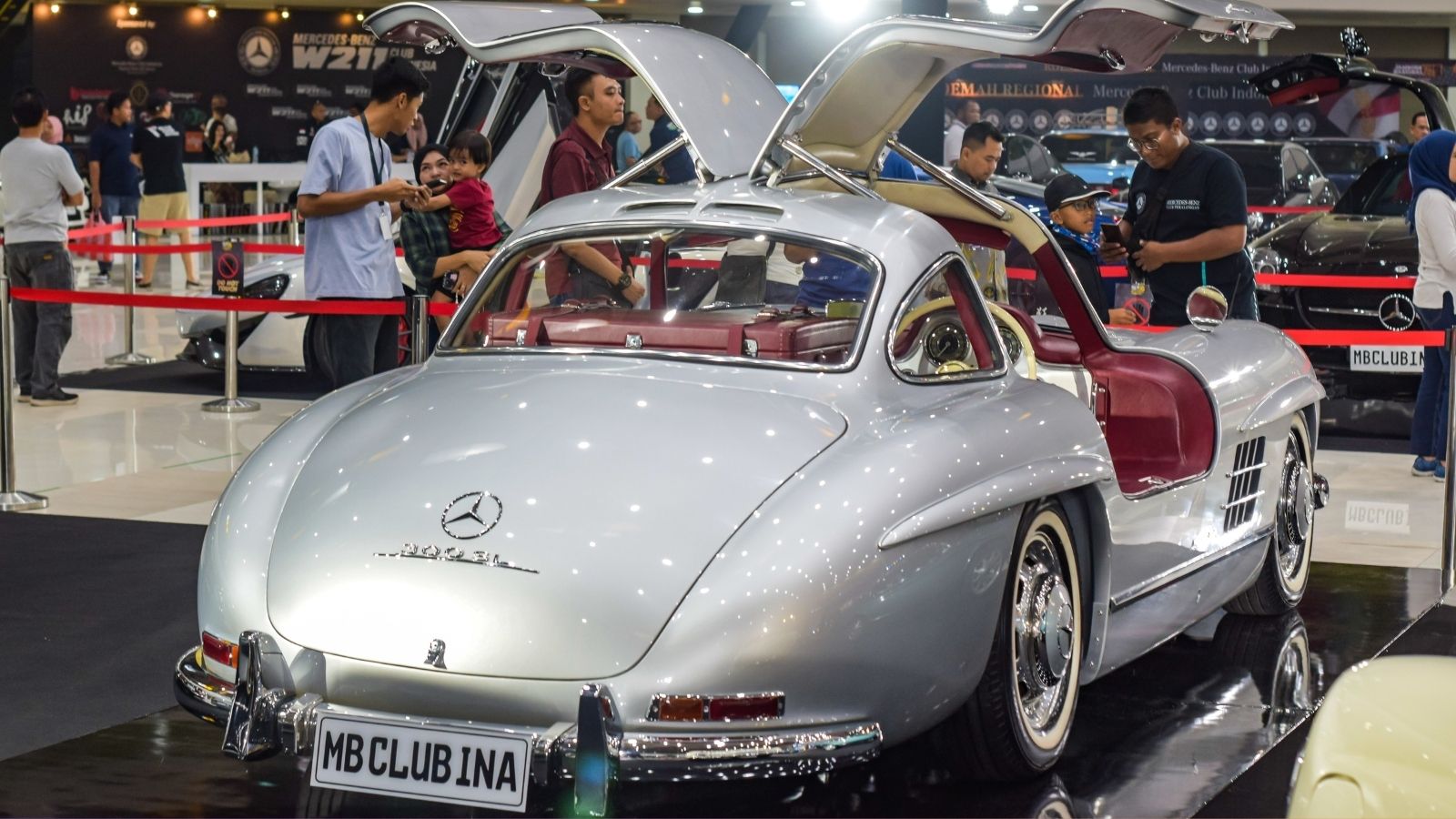
The 1954 Mercedes Benz 300SL Gullwing is a masterpiece of design and performance. Its 3.0L inline-six engines allowed it to reach 0 to 60 mph in 7.4 seconds, remarkable for the ‘50s. Designed by Friedrich Geiger, its signature gullwing doors and sleek profile made it instantly recognizable. Inside the leather seats and streamlined controls were the height of luxury. This classic remains one of the most coveted Mercedes models known for innovation and elegance.
1974 BMW 3.0 CSL “Batmobile”
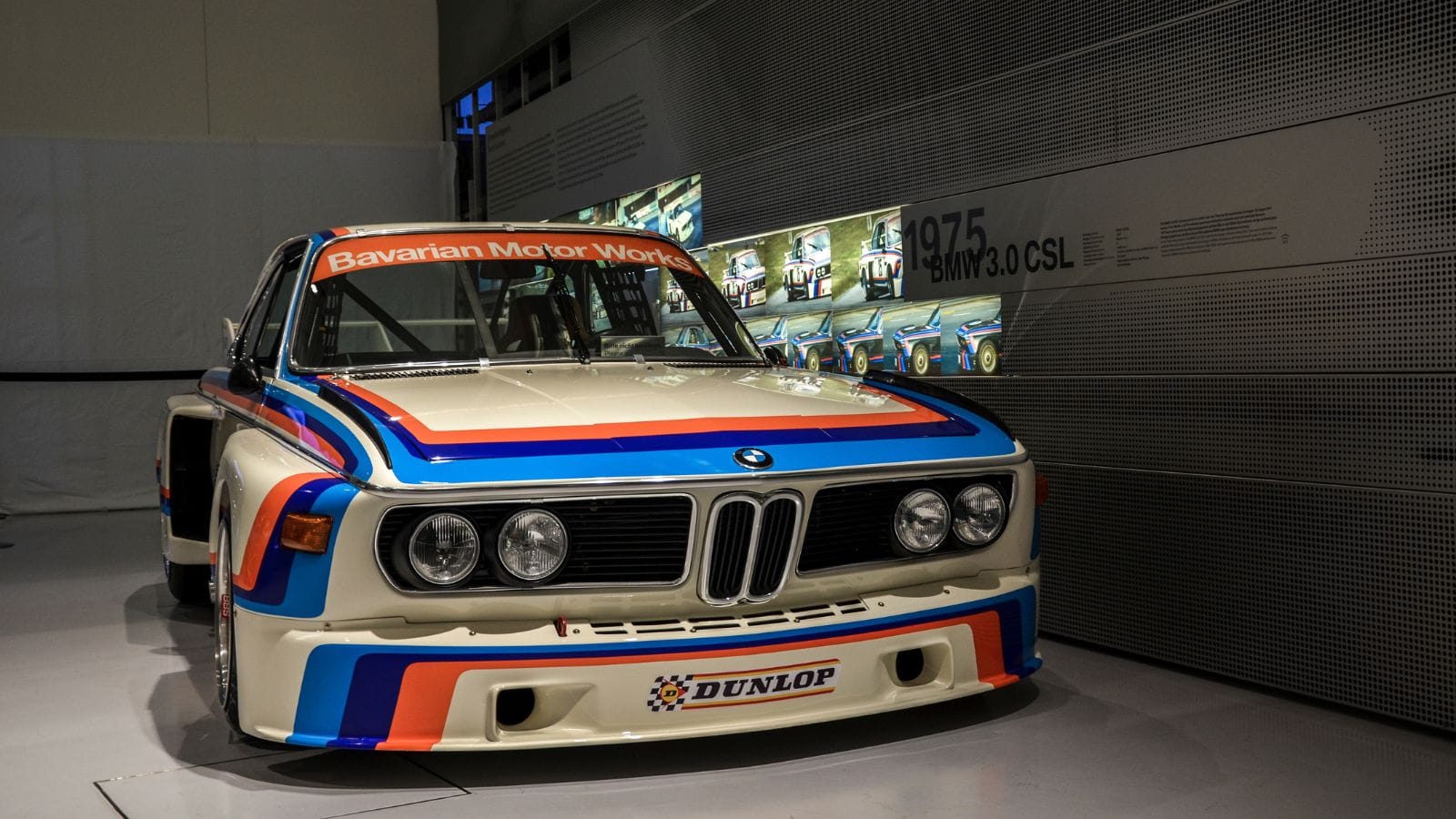
BMW’s 1974 3.0 CSL, nicknamed the Batmobile, was built to dominate racing circuits and stands out for its dramatic aerodynamics. Its 3.2L straight-six engine could go from 0 to 60 mph in 6.3 seconds. Designed by BMW’s in-house team, the Batmobile was adorned with aggressive spoilers and flared fenders. The interior was racing-focused yet comfortable, with lightweight seats. It’s an unforgettable classic that continues to captivate with its powerful performance and striking look.
1984 Audi Sport Quattro
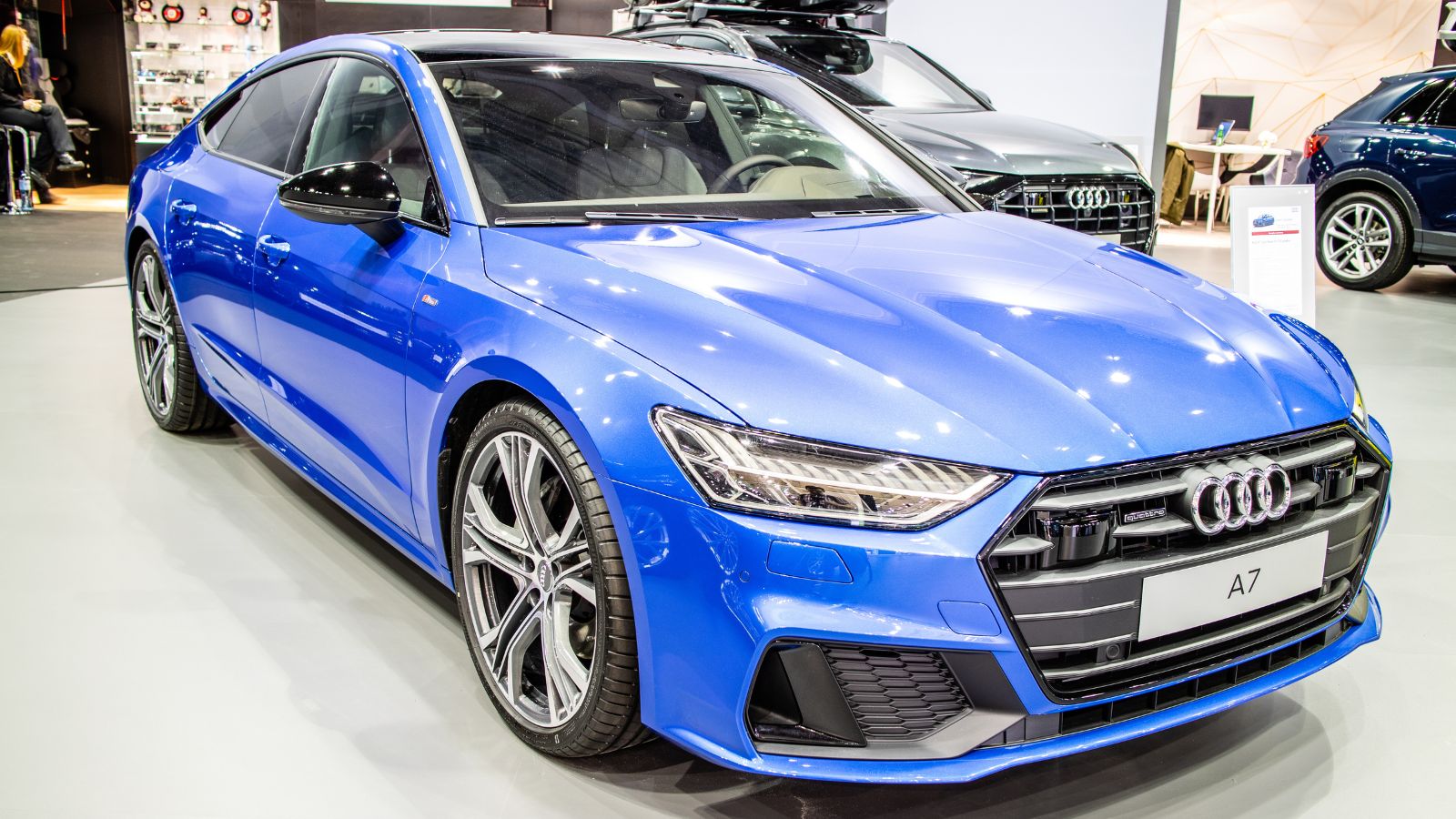
The Audi Sport Quattro made waves when it was launched in 1984, bringing a new level of performance and technology to sports cars with its revolutionary all-wheel drive system. A 2.1L powered it turbocharged inline-5 engine, giving it the capability to accelerate from 0 to 60 mph in a lightning-fast 4.8 seconds. The interior featured advanced gauges for the time and leather seats, blending practicality with performance. Known for its rally dominance, the Sport Quattro remains a cherished classic that exemplifies Audi’s pioneering spirit in motorsport.
1963 Chevrolet Corvette StingRay Split Window
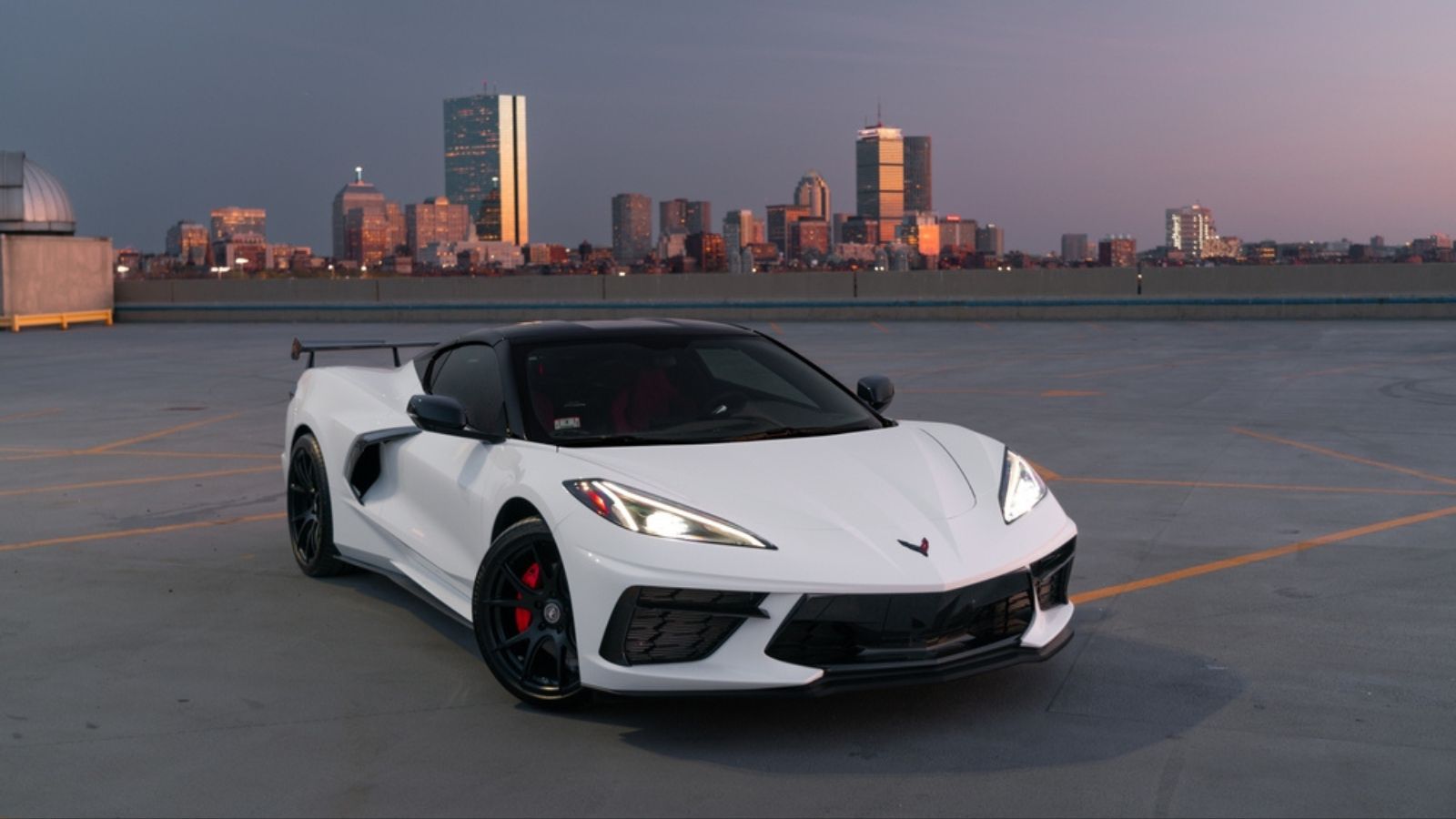
An American icon, the 1963 Chevrolet Corvette StingRay Split Window is a car that simply oozes style. Its powerful 5.4L V8 engine could reach 0 to 60 mph in a quick 5.8 seconds, thrilling drivers with its potent acceleration. Designer Larry Shinoda’s vision brought this model to life with its distinctive split rear window, giving it a look that was as daring as it was stylish. Inside, the Corvette featured a combination of sporty touches and comfort-focused elements, making it a pleasure to drive and a treat to look at. With its unique design and powerful performance, this model continues to be an iconic American car.
2003 Porsche Carrera GT
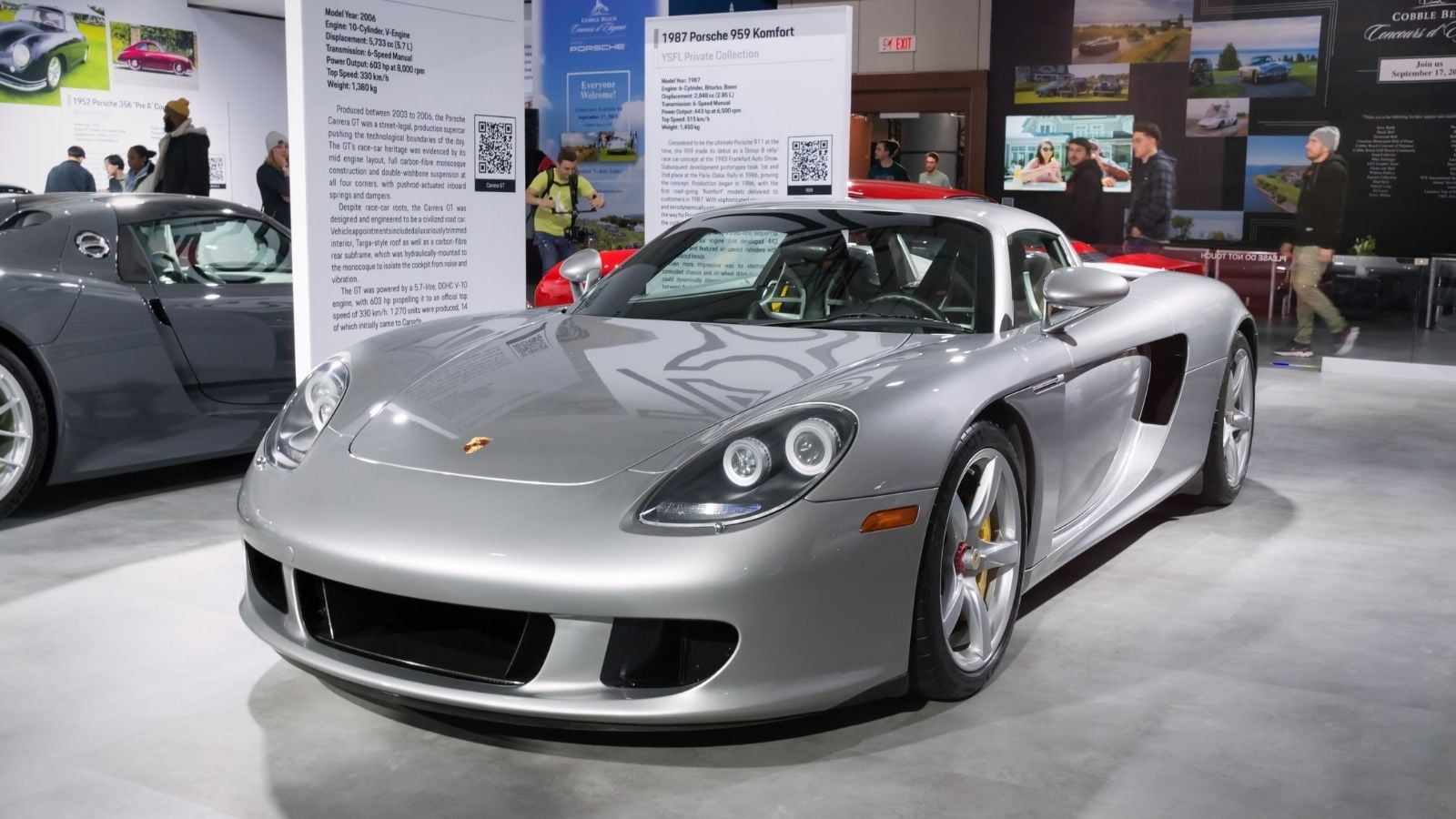
Launched in 2003, the Porsche Carrera GT was a supercar that truly turned heads. Built around a 5.7L V10 engine, it could accelerate from 0 to 60 mph in a staggering 3.5 seconds, setting a new standard for Porsche performance. Designed by Porsche’s in-house team, the Carrera GT combined sleek lines with a race-inspired aesthetic, complete with carbon fiber materials for a lightweight yet strong build. The interior featured leather and carbon fiber, blending luxury with high-tech performance.
1969 Dodge Charger Daytona
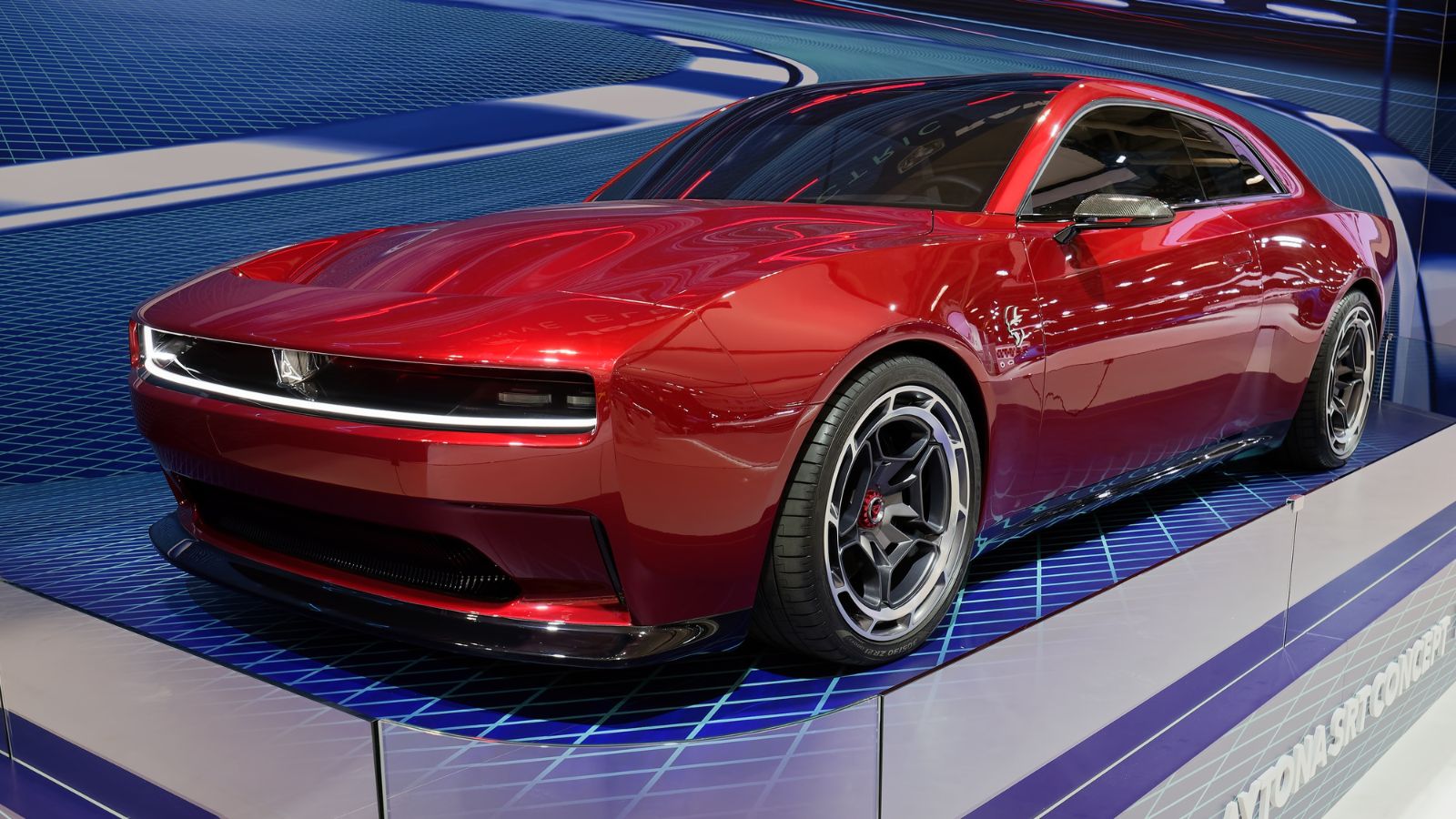
The 1969 Dodge Charger Daytona was crafted with one purpose: Dominate NASCAR. With its 7.0L Hemi V8 engine, this muscle car could reach 0 to 60 mph in an impressive 5.4 seconds. Designed by Dodge’s team focusing on aerodynamics, the Daytona featured a massive rear wing and pointed nose, making it unforgettable on the track and the road. Inside, the car offered simple, driver-focused elements about functionality. The Charger Daytona’s unique look and storied racing background have made it a beloved classic, with its wild design ensuring it’ll never be forgotten.
1999 Pagani Zonda C12
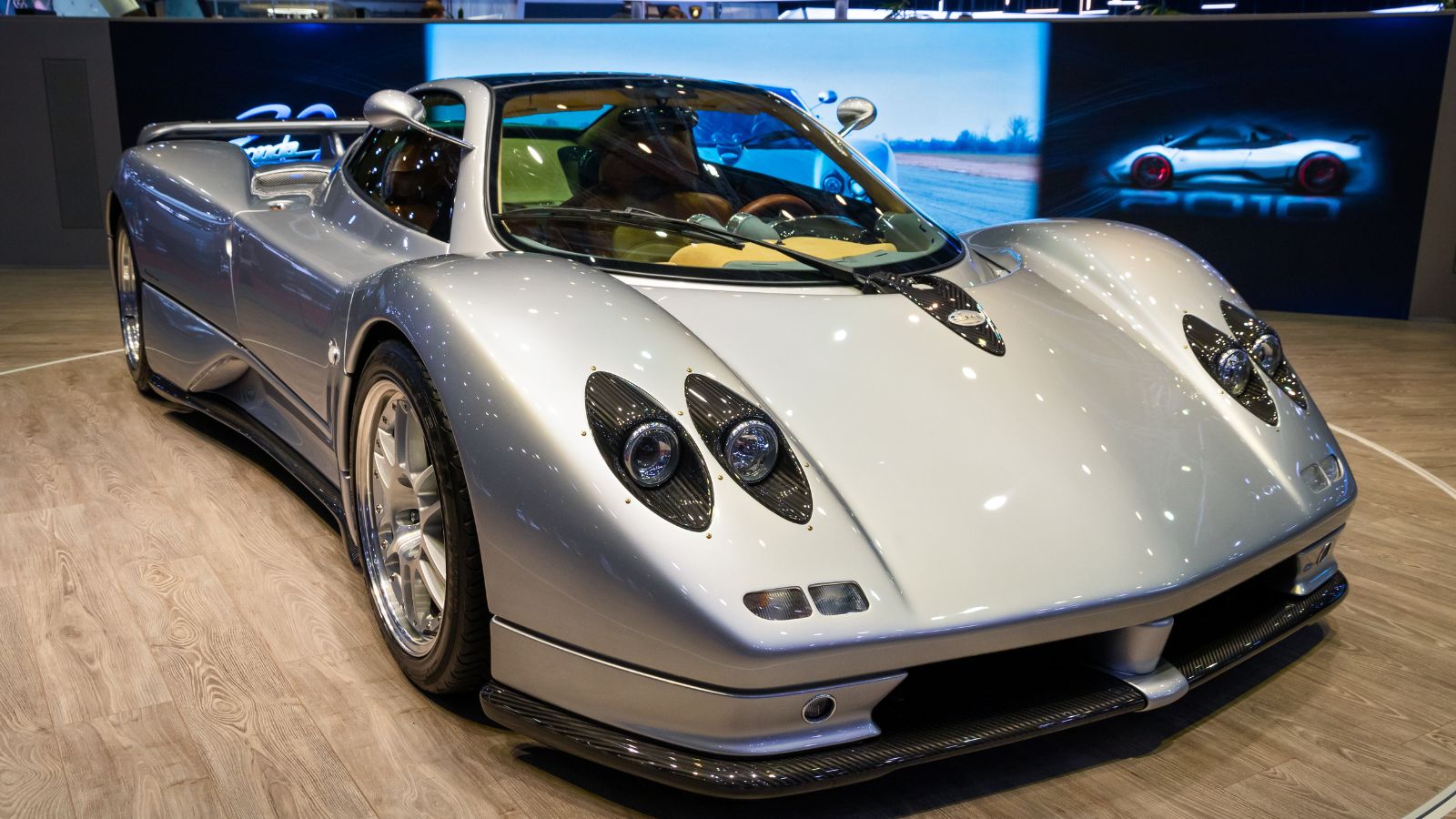
The 1999 Pagani Zonda C12 is a car that defies aging, maintaining its luster and allure over the years. Created by the visionary designer Horacio Pagani, the Zonda C12 was powered by a 6.0L V12 engine from Mercedes-AMG, allowing it to go from 0 to 60 mph in just 4.2 seconds. Jet fighters inspired the Zonda’s design, and its carbon fiber body and sleek lines gave it a futuristic look. Inside, it offered a mix of luxury and high-performance materials, with fine leather and aluminum accents. The Zonda C12 quickly established Pagani as a leader in the supercar world and remains a masterpiece of design and performance.
1989 Ferrari 348 TB

The Ferrari 348 TB, launched in 1989, carries a timeless charm. Designed by Leonardo Fioravanti at Pininfarina, this model showcased Ferrari’s signature wedge shape with sharp lines and a distinct rear grille. Powered by a 3.4L V8 engine, it could reach 0 to 60 mph in 5.6 seconds, bringing classic Ferrari performance. The interior was all about Italian elegance, with leather seats and a minimalistic dash layout focused on the driver. The 348 TB is a classic that still attracts enthusiasts with its blend of style, speed, and quintessential Ferrari appeal.
1967 Shelby Cobra 427
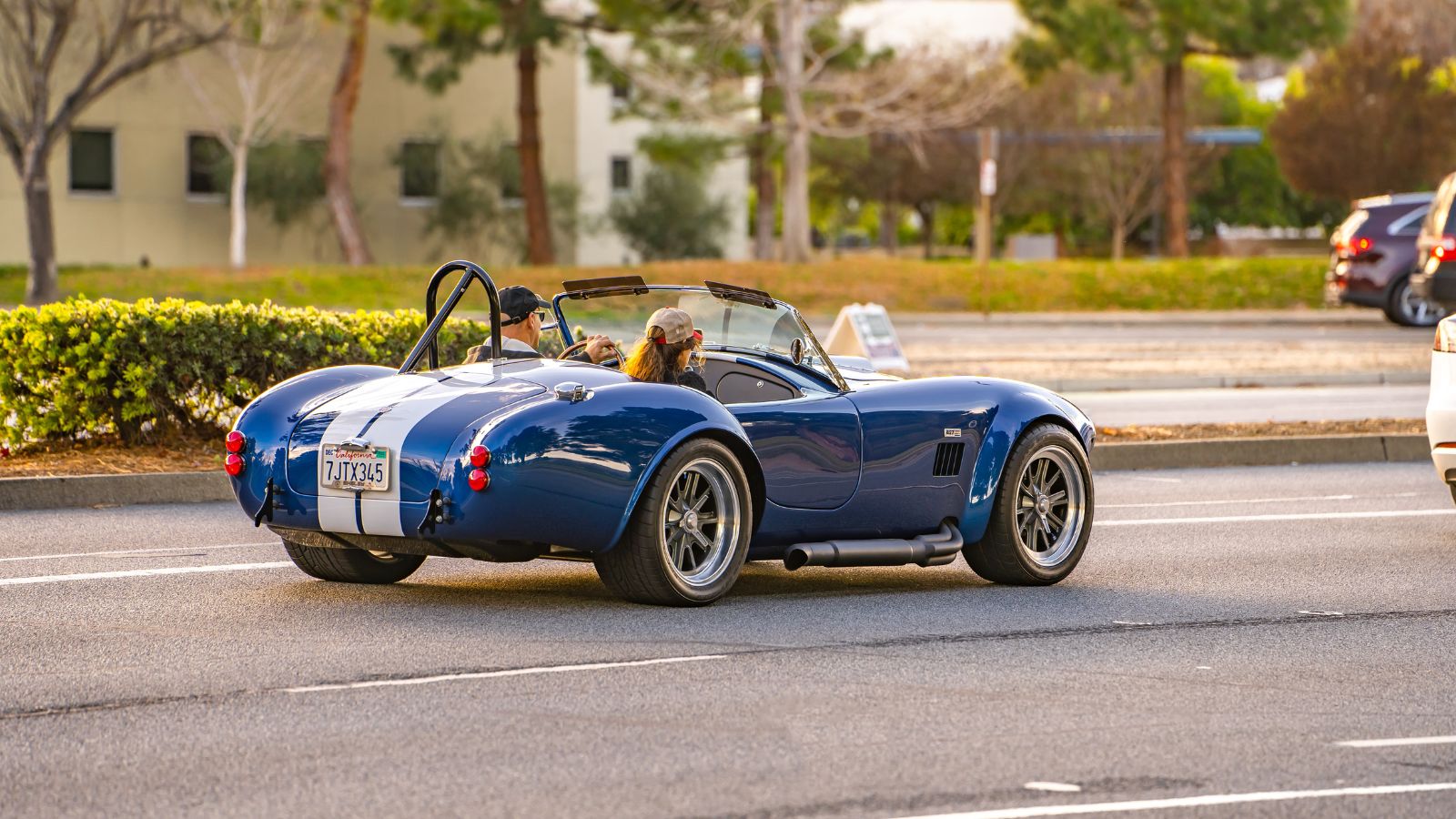
The Shelby Cobra 427 is the kind of car that feels ageless, thanks to its raw power and bold design. Released in 1967, it was equipped with a massive 7.0L V8 engine that roared from 0 to 60 mph in a mere 4.3 seconds—a jaw-dropping number for the era. Designed by Carroll Shelby and his team, the Cobra 427 had a muscular, no-nonsense look with wide fenders and an aggressive stance. Inside, the cabin was simple, almost bare bones, focusing purely on the thrill of driving. The Shelby Cobra 427 symbolizes American muscle and engineering with an appeal that never seems to fade.
2007 Ferrari 599 GTB Fiorano

Rounding off our list is the 2007 Ferrari 599 GTB Fiorano, a car that brings Italian sophistication and performance to a new level. Powered by a 6.0L V12 engine, it could reach 0-60 mph in a blazing 3.3 seconds, an exhilarating experience for any driver. Designed by Frank Stephenson at Pininfarina, the 599 GTB had flowing lines and a modern, aerodynamic shape. Inside, it boasted a luxurious interior with leather upholstery and advanced technology, balancing performance and comfort. The 599 GTB Fiorano’s speed, style, and refinement combination ensures it remains a cherished piece of Ferrari’s legacy.
12 Cars That Are Known for Their Unbreakable Reliability — They Just Don’t Quit

Reliability is a core feature that defines a vehicle. Over the last few decades, some vehicles have emerged as a reliable and durable option, standing out as workhorses that never quit. These vehicles not only prove themselves in terms of performance but transcend their role and become reliable partners, always fulfilling their role. Here are 12 Cars known for their unbreakable reliability.
12 Cars That Are Known for Their Unbreakable Reliability — They Just Don’t Quit
